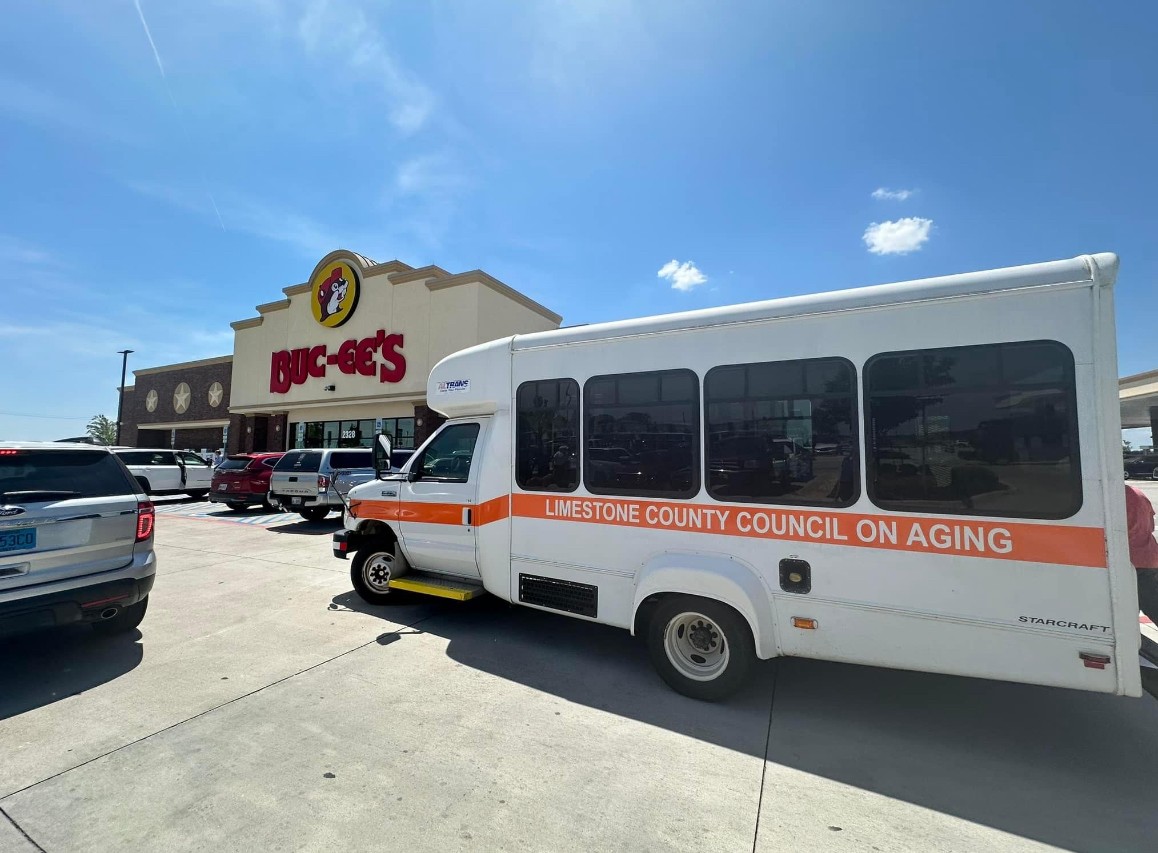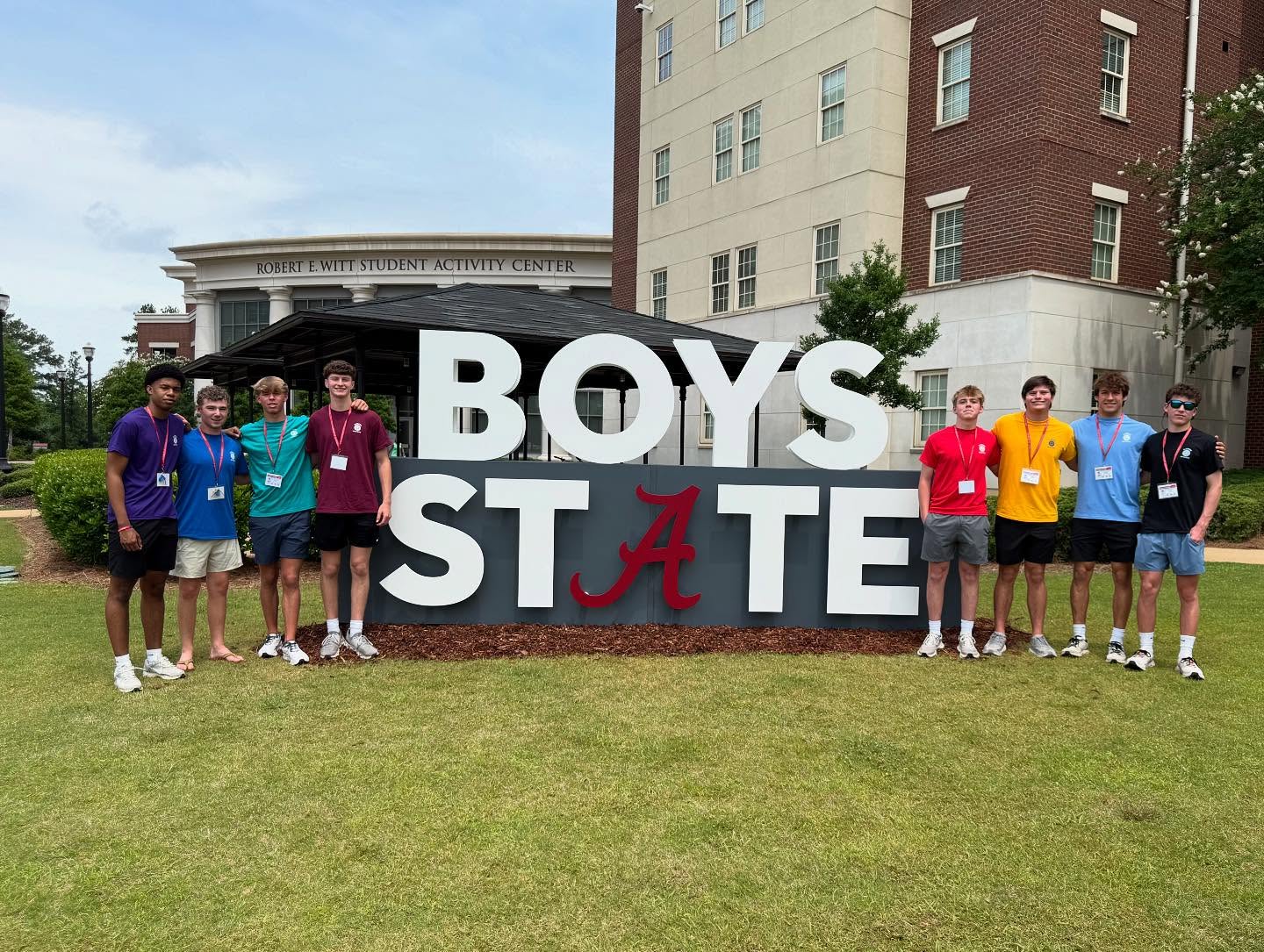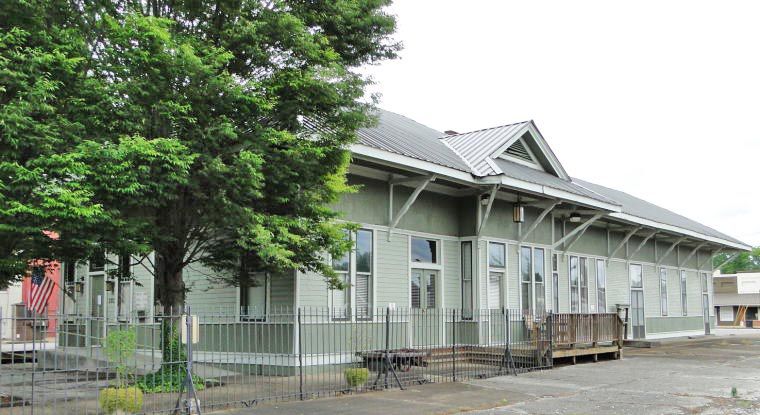Oklahoma’s rural hospitals low on cash
Published 1:32 pm Friday, April 28, 2017

- Roger Knak, administrator at Fairview Regional Medical Center, is concerned about the financial situation of Oklahoma's rural hospitals.
ENID, Okla. –– More than 80 percent of rural hospitals in Oklahoma currently operate at a financial loss, and more than half have less than two weeks of operating cash in their accounts.
Hospital administrators and industry representatives are bracing for the possibility that some of those facilities may not weather the coming fiscal year.
Andy Fosmire, vice president for rural health with Oklahoma Hospital Association, said there are 137 hospitals in the state. After you remove from the list the five most populous counties and the larger rural hospitals, like those in Enid, Woodward and Elk City, you’re left with “65 truly rural hospitals,” he said.
Of those 65 rural hospitals, Fosmire said 53 currently operate at a financial loss and 37 have less than 14 days of operating cash in their accounts.
Similar issues have been seen in Georgia, where eight acute care rural hospitals have closed in the last seven years.
Fosmire said rural hospitals are especially susceptible to delays or reductions in Medicaid and Medicare payments.
“They’re heavily dependent on Medicare and Medicaid because rural folks tend to be older, poorer and a little sicker,” Fosmire said.
He said hospitals typically receive 22 to 50 percent of their income from Medicaid, which is administered by the state, and another 22 to 50 percent from Medicare, which is a federal program. The percentages of government-funded care skew considerably higher for rural facilities.
“For some of these little hospitals the Medicare percentage is as high as 80 percent,” Fosmire said, “so they don’t have a lot of third-party (private insurance) payers.”
With few privately insured patients, and little cash in the bank, Fosmire said rural hospitals can quickly run out of money if Medicare and Medicaid payments are delayed or reduced.
“If there’s a hiccup in a Medicare or Medicaid payment, they have a hard time making payroll with only two weeks cash on hand,” Fosmire said.
Roger Knak, administrator at Fairview Regional Medical Center, said the two-week figure is optimistic for a lot of rural hospitals.
“That is probably almost an overstatement,” Knak said. “It scared me when I looked recently and saw how many hospitals in our state are running less than a week of cash on hand.”
Knak said Fairview Regional Medical Center currently has 30 days of operating cash on hand, but the possibility of closure is real for any hospital if payment delays exceed available cash.
“All it takes is a slowdown of payments,” Knak said. “If you don’t have those days of cash on hand, the only option is an operating line of credit.”
He said a line of credit is a hard to obtain, short-term remedy. After that, he said, all that remains is bankruptcy.
“Hospitals are holding on, waiting and hoping for the day they can make everything go away,” Knak said. “When they get to the point where they have no more options, they might not even have enough money in the bank to declare bankruptcy.”
If rural hospitals do close, Fosmire said the effects would be felt beyond rural communities. Patients would be pushed to nearby urban hospitals, which may not have enough beds to serve them.
Fosmire said some relief was hoped for in a legislative proposal to partially fund health care costs in the state from a $1.50 increase in cigarette taxes, which is projected to raise $257.8 million over the next year.
If it were to pass, the tax would “only be a finger in the dike,” Fosmire said, but it would help give rural hospitals some fiscal breathing room.
“At some point you can’t just keep cutting your way out of the problem,” Fosmire said. “You have to start raising some revenue, and this is a chance for the state to start adding some revenue to the mix.”
But the bill has moved slowly, and has not yet been not yet been brought out of the Joint Committee on Appropriations and Budget for a floor hearing.
Knak said he and other administrators are frustrated by the inaction, as they weigh the possibility of closing doors to their patients.
“I’m frustrated at the fact we, as a state, don’t see that we can’t cut costs out of this crisis, because it is a revenue crisis,” Knak said.
Neal writes for the Enid, Oklahoma News & Eagle.





